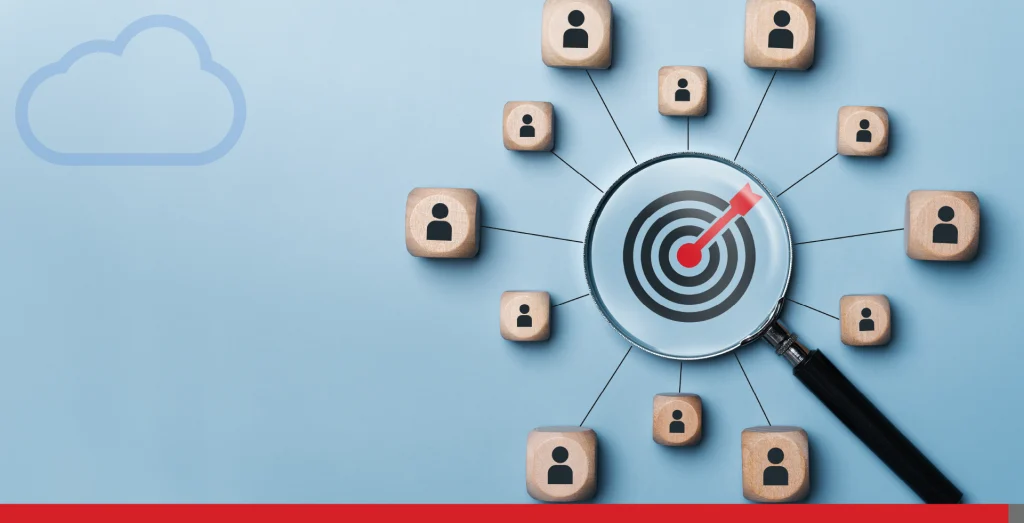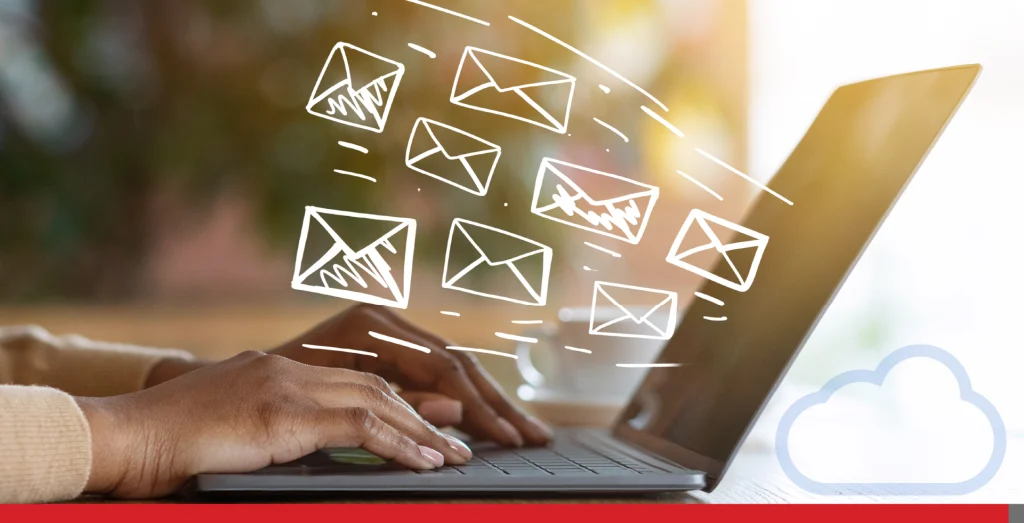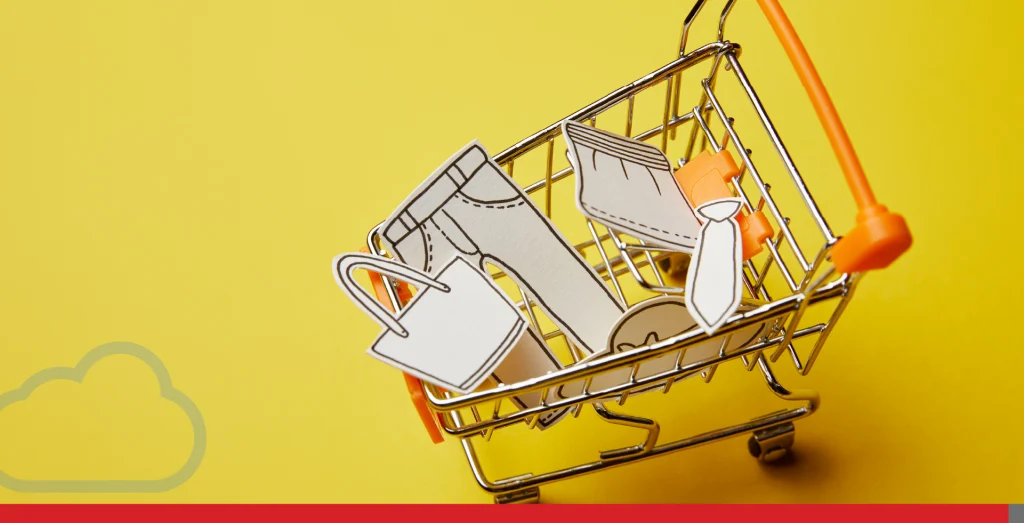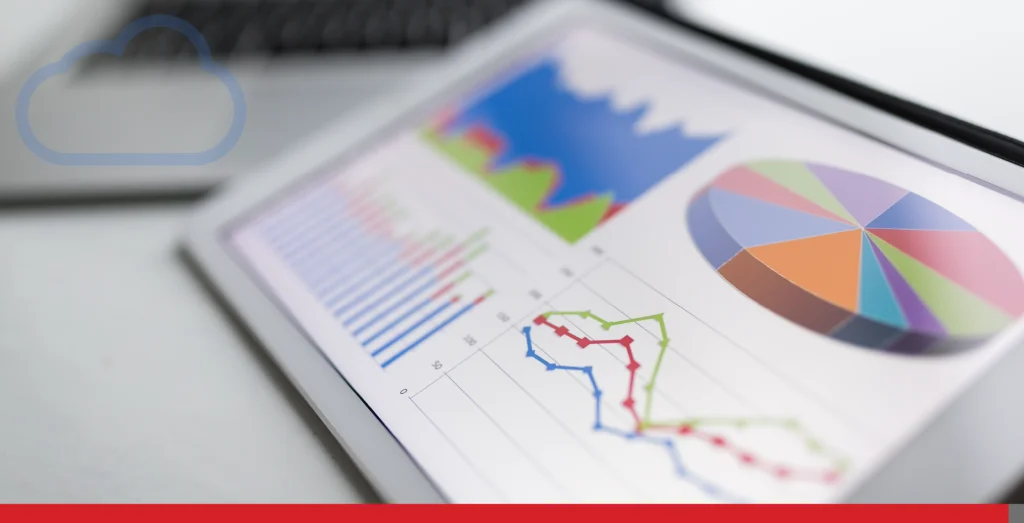Email marketing remains a cornerstone of eCommerce success. Still, generic blasts (a marketing strategy where a single message is sent to a large audience all at once) are no longer enough. Business-loving customers don’t always eagerly await your next email campaign, so carefully breaking them down into numerous categories can really pay off.
Using behavioural or demographic data in email segmentation allows for more personalized and relevant email content. This process polishes customer engagement and increases conversion rates.
It’s a precise system called email marketing segmentation.
Below, we’ll analyze some email segmentation strategies, tools, psychological triggers, and examples that can help you master this art.
- Why Email Marketing Segmentation Matters
- Segmentation Methods & Where to Focus On Target Customers
- 10 Ways of Segmenting Your Email List
- Segmentation Tools to Check Out
- Real-World Example: Sephora’s Email Marketing Campaign
- Real-World Example: Amazon’s Frustration-Free Packaging

Why Email Marketing Segmentation Matters
An email marketing segmentation strategy allows brands to target specific customer groups with tailored messages, thereby upgrading conversion rates. You can send targeted campaigns that cater to diverse buyer personas with distinct needs by using segmentation based on subscriber behaviour and preferences.
This approach ensures that your messaging reverberates with each audience segment. Following this plan can lead to higher open rates, better engagement, and increased conversions. You can see how segmentation can be a vital component of an effective email marketing strategy.
In short, the benefits you gain include:
- Higher engagement rates: Personalized emails appear more important to recipients, resulting in higher open and click-through rates.
- Improved conversion rates: Tailoring offers—and messages—to specific segments raises the likelihood of purchases.
- Customer retention: By addressing customer needs and preferences, segmented emails help build loyalty and long-term relationships.
- Efficient campaign performance: Segmentation ensures marketing resources are focused on the most receptive audiences, maximizing ROI.
- Reduced unsubscribes: When content aligns with a recipient’s interests, they’re less likely to opt out of your email list.
Segmentation Methods & Where to Focus On Target Customers
- Abandoned cart segment: Write about the importance of re-engaging customers who left items in their carts without completing their purchase. Share strategies for email campaigns that target these users, such as personalized product recommendations and limited-time discounts.
- High-value customer (HVC) segment: Explore how to identify and retain high-value customers who have made several purchases and invested large amounts of money in your brand. Discuss tactics for offering them premium services, exclusive offers, and loyalty programs to keep them engaged.
- Bounceback segment: Create a segment for customers who have returned items or initiated refunds. Develop an email campaign that aims to win back these customers by offering personalized support, product recommendations, and incentives.
- New customer onboarding segment: Write about the importance of segmentation in the onboarding process for new customers. Share your strategies for creating engaging welcome emails with clear instructions that outline what a customer should expect with their first purchase.

10 Ways of Segmenting Your Email List
1. Behavioural-Based Segmentation
Behavioural segmentation focuses on actions like browsing habits, clicks, and purchasing behaviour. This approach allows marketers to categorize email recipients based on their actions and interactions. This data enables targeted campaigns that feel personal and relevant to your customers.
For instance, if a customer browses high-end headphones but doesn’t purchase them, you can send a follow-up email highlighting product reviews or offering a discount.
- Cart abandonment strategies using data science: Use data science to identify patterns behind cart abandonment and develop targeted email campaigns that address these issues.
- Segmenting by purchase history: Analyze customer purchasing behaviour to create segments based on their product preferences, shopping frequency, or average order value (AOV).
- Product interest segmentation: Identify customers who have shown interest in specific products or categories and send them personalized recommendations and updates.
2. Demographic Segmentation
Demographic segmentation helps refocus messages to specific groups based on demographic data such as age, gender, income level, and more. This foundational strategy ensures that your emails speak directly to a recipient’s customer identity.
For instance, a fitness apparel brand can target young adults with workout gear while promoting maternity wear to expectant mothers. Demographics make it easier to personalize offers and craft relatable campaigns.
Pro Tip: Use EasyHosting Business Email to keep segmented communications professional and secure.
3. Geographic Segmentation
Geographic segmentation targets audiences based on behavioural or demographic data such as location, weather patterns, or regional interests. This data analysis allows for hyper-localized campaigns.
For example, an eCommerce store can promote snow gear to customers in cold regions during winter while offering beachwear to those in tropical climates. Include localized offers like free shipping to certain areas to boost engagement.
4. Psychological Triggers
Psychographics dig deeper into customers’ values, lifestyles, and interests. In digital marketing, you can use this data to create campaigns that connect on an emotional level.
For example, a sustainable clothing brand can target environmentally conscious shoppers with eco-friendly product lines and descriptions.
- Fear of Missing Out (FOMO): Write about how to use FOMO as a segmentation trigger by highlighting limited-time offers, exclusive deals, or scarcity-based messaging.
- Social proof: Create segments based on customer reviews, ratings, or social media engagement. You can also use influencers to promote your products.
- Personalization using customer data: Use customer data to create personalized content that appeals to each segment’s unique needs and interests.
5. Purchase History-Based Segmentation
Analyzing purchase history lets you craft emails tailored to a customer’s buying patterns. However, it differs from the usual behavioural segmentation we’ve covered a few paragraphs earlier. The idea is that you will recommend complementary products, upgrades, or refill reminders to customers based on their purchase history.
Example: A skincare brand might send a personalized email recommending moisturizers to someone who previously bought face cleansers.
Pro Tip: Use EasyHosting Domain and DIY Website Builder to create branded URLs for product recommendations, adding a professional touch to your emails.
6. Lifecycle Stage Segmentation (Customer Journey)
Lifecycle segmentation of emails considers where target customers are in their buying journey, from awareness to loyalty. The process involves crafting messages tailored to new subscribers, active buyers, or those who’ve gone inactive.
For example, a new subscriber might get a welcome email with a discount, while dormant customers could receive a re-engagement offer.

7. Abandoned Cart Recovery
Abandoned cart email marketing campaigns are a proven strategy to recover sales lost in the sales funnel. You can encourage customers to complete their purchases by reminding them of the items they left behind in their shopping carts.
Make your message focused and urgent (for example, Items are selling out fast!). You could also offer a small discount to seal the deal. AliExpress does this with top selling product pages, letting users know what is popular on its platform.
8. VIP Customer Segmentation for Customer Loyalty
VIP customers—those who spend the most or shop frequently—deserve special attention. Segmenting VIPs makes sure they feel valued and appreciated.
To keep this group loyal, offer early access to new products, exclusive discounts, or invite-only events. Highlight the group’s VIP status in personalized emails.
9. Engagement Level Segmentation
To create distinct audience segments, choose subscribers based on their level of interaction with your emails. Highly engaged users can receive frequent updates, while less active ones might need re-engagement strategies.
For instance, send loyal email openers sneak peeks of new collections while offering dormant users exclusive incentives to return.
10. Timing & Frequency-Based Segmentation
Timing is everything. Segment your audience based on when they’re most active online or likely to check their emails. Consider tailoring your campaigns for mobile users to augment their experience.
For example, night owls might respond better to late-evening deals, while early risers appreciate morning promos.

Segmentation Tools to Check Out
- Use Google Analytics 360 for your email segmentation strategy: Explore how to leverage Google Analytics 360 to identify and segment customers based on their browsing behaviour, conversion rates, and purchase history.
- Utilize customer relationship management (CRM) systems: Discuss the benefits of integrating CRM systems with email marketing platforms to create more accurate customer segments.
Real-World Example: Sephora’s Email Marketing Campaign
Sephora—a popular beauty products brand—uses data from its customer loyalty program known as Beauty Insider. Subscribers are segmented using the data based on their purchase history and recent behaviour. It gives customers a list of benefits such as access to stock up with favourable pricing, extra discounts on seasonal savings events, and more offers.
Sephora also sends targeted emails recommending products that match the subscriber’s preferences. This action results in more conversions by using simple customer preferences.
Real-World Example: Amazon’s Frustration-Free Packaging
Amazon uses data from customer reviews to identify segments that are more likely to respond well to reminders about abandoned shopping carts. They then send targeted emails with personalized messages and incentives, resulting in a significant increase in cart recovery rates.
However, what wins the most customers is the easy-to-open packaging, making the unboxing experience trouble and frustration-free. The company uses 100% recyclable packaging that’s easy to open, so you don’t need extra tools (or patience) to access the box’s contents.
VIP customer segmentation: Treat loyal customers with special attention, offering early access to new products or exclusive discounts. Highlight their VIP status in personalized emails to keep them engaged and valued.
Why it works: Loyal customers are more likely to make repeat purchases when they feel valued and appreciated. Amazon’s attention to detail on things such as easy to open packaging and abandoned cart emails has led to their tremendous success.
Conclusion
Email segmentation is more than just a marketing tactic—it’s a powerful way to understand your customers, foster loyalty, and maximize conversions. By implementing these strategies, you can create meaningful connections that translate into revenue growth.
Frequently Asked Questions
What is email segmentation in eCommerce?
Email segmentation involves dividing your email list into smaller groups based on characteristics like behaviour, purchase history, or demographics to deliver more relevant content.
How does email segmentation improve conversions?
It ensures your emails are targeted and personalized, increasing the likelihood of engagements, clicks, and purchases.
What tools can help with email segmentation?
The most popular tools on the market right now include Google Analytics 360, HubSpot, Salesforce, and Klaviyo.
How often should I update my email segments?
Regularly review and update segments based on customer behaviour, new purchases, or changes in engagement. Monthly updates work well for most brands.
Can small businesses benefit from email segmentation?
Absolutely! Segmentation helps small businesses tailor their messaging without the use of a large marketing budget.



